Readers of this work now know that the post-WWII development of the New Manhattan Project appears to have been captained largely by the RAND Corporation and the Air Force Scientific Advisory Board (SAB). RAND dreams things up and the SAB evaluates and promotes RAND’s products. In this ecosystem of New Manhattan Project production, a laboratory where people build lots of the necessary scientific equipment would also be required. That laboratory was most probably the Air Force Cambridge Research Laboratories. For all about the New Manhattan Project, please refer to the new, greatly revised and expanded second edition of the author’s book Chemtrails Exposed: A New Manhattan Project.
The Air Force Cambridge Research Laboratories (AFCRL) did work in just about every area of scientific study applicable to the New Manhattan Project (NMP). The AFCRL did work in: ionospheric physics, meteorology and weather modification, atmospheric electricity, low frequency electromagnetic waves, atmospheric sensing, weather radar, over-the-horizon radar, ionospheric heaters, atmospheric sounding rockets, weather satellites, advanced air traffic control systems, atmospheric tracers, brain wave research, and more. From their 1962 progress report, we learn:
For many years the Air Force Cambridge Research Laboratories have conducted wide-ranging meteorological investigations affecting almost every phase of Air Force operations. AFCRL’s mission in this area, in cooperation with other military and civilian agencies, is the accumulation of new knowledge of the entire gaseous envelope of the Earth – its variations in pressure, temperature, composition, and circulation. One of its ultimate goals is a detailed understanding of the factors that affect the weather, which may lead to a capability to accurately predict it, and perhaps to control it on a limited scale.
The evidence for the author’s assertion here is pervasive. The AFCRL has been at least partially funded by the Advanced Research Projects Agency as well as the National Aeronautics and Space Administration (NASA): two organizations heavily implicated in the NMP. On an ad hoc basis, the AFCRL advised: NASA, the Weather Bureau, the Defense Atomic Support Agency, the Atomic Energy Commission, Boeing, General Electric, the North Atlantic Treaty Organization, and other organizations associated with the NMP. The AFCRL contracted with hundreds of American universities, industrial organizations, other government agencies, private research agencies, as well as with foreign organizations. There were scores of AFCRL field sites all over the world. The AFCRL did work on classified projects. All this work was done within the timeframe of NMP development proposed by the author and substantiated by a mountain of other evidence. For these reasons, this article will now go into the history of the AFCRL, and then we will detail certain specific areas of their research and development directly applicable to the New Manhattan Project.
History of the AFCRL
The Air Force Cambridge Research Laboratories began shortly after the war in November of 1945 as something called the Electronics Research Directorate at the Cambridge Field Station in Cambridge, Massachusetts. These operations were a continuation of work that had previously been ongoing at the wartime Massachusetts Institute of Technology Radiation Laboratory as well as at Harvard’s Radio Research Laboratory. In 1948, other projects from the Air Force’s Watson Laboratories were consolidated into the operations at the Electronics Research Directorate. The AFCRL was officially created and began operations in 1949.
The laboratory locations of the Air Force Cambridge Research Laboratories were originally spread out at multiple locations in the Boston-Cambridge area. All activities were under the authority of the Air Force Air Research and Development Command. Construction of AFCRL’s permanent headquarters at the nearby Hanscom Field began in October of 1952. By March of 1962, the AFCRL’s activities were consolidated at Hanscom Field. The AFCRL was ultimately integrated into operations at Wright Patterson Air Force Base.
The AFCRL and chemtrails
In 1961, as part of the AFCRL’s Operation Pea Soup, at least hundreds of pounds of carbon black was dropped from an aircraft over Arcata, California. As part of this operation, AFCRL scientists also sprayed calcium chloride and lithium chloride from aircraft. The AFCRL had a C-130 aircraft modified for dry ice dispersal as well as two KC-135’s equipped with specialized equipment designed for atmospheric research.
In their 1975 progress report, which reads like a blueprint for the New Manhattan Project, the AFCRL details a chemtrail spraying program. On page 25, the authors write:
CHEMICAL RELEASES FOR STRATOSPHERIC PERTURBATIONS: In February and June 1973, the first extensive measurements of stratospheric dynamics, were completed at White Sands Missile Range, New Mexico. The experiments consisted of producing and photographing sets of vertical and horizontal smoke trails in the stratosphere. Each of the vertical trails, 14 to 23 km, was produced by dispensing TiCl4 from Nike rocket payloads. The horizontal trails were made by fuel dumps and TiCl4 from a WB-57F flown by the 258th Weather Reconnaissance Squadron. These trails served as dye markers for both the motion of the winds and the turbulent mixing. By continually photographing the trails for some ten minutes, a time history is obtained from which wind shears are measured. Telescopic photographs of the trails clearly show the increase of trail diameter and the action of turbulence in dispersing the smoke. This information along with the measurement of ozone densities obtained simultaneously provide a necessary bench mark for evaluating dynamic models of the stratosphere. The models will be used to predict the behavior of emission products, supersonic bombers and missiles in the stratosphere. These and other weapons-produced perturbations can also have an effect in the stratosphere, such as the possible reduction of the ozone layer. These possible effects can result in a higher incidence of cancer, and loss of food crop production in farms and oceans. A computer model of stratospheric transport has been developed which, in conjunction with published wind profiles, predicts a half residence time of three years for emissions deposited 10 km above the tropopause.
As readers of this work already know, the White Sands Missile Range in New Mexico (where these experiments took place) was where former Nazi scientists worked on modifications of the German V-2 rocket. AFCRL personnel participated in these V-2 launchings and AFCRL personnel continued to work at White Sands for decades. Ernst Czerlinsky, a former member of the Nazi SS, worked at the AFCRL. Scientists rescued from the Nazi regime as part of Operation Paperclip are heavily implicated in the production of the NMP.
The AFCRL and the SAGE system
The AFCRL played a central role in the development of the Semi-Automatic Ground Environment (SAGE) system. The SAGE system used radar and a centralized supercomputer to direct the movements of unmanned aircraft. Throughout the decades, this SAGE system and its offspring have served as the nucleus of New Manhattan Project development.
Almost from the very beginning, the AFCRL supported the SAGE system. The SAGE system started originally with something called the Valley Committee. In 1950 this Valley Committee was granted organizational status by its assignation to a division of the AFCRL. With the involvement of the Massachusetts Institute of Technology, the Valley Committee evolved into Project Charles, then into Project Lincoln, then into Project Whirlwind, then into the SAGE system. The AFCRL provided support throughout this evolution and shared their headquarters with Project Lincoln at Hanscom AFB. Development of the SAGE system was eventually transferred to the MITRE Corporation. Readers of this work recognize the MITRE Corporation as the most probable administrator of all of the scientific aspects of today’s New Manhattan Project.
OTH radar and ionospheric heaters
As readers of this work already know, ionospheric heaters play a central role in today’s New Manhattan Project. The predecessors of today’s ionospheric heaters were known as over-the-horizon radar – or ‘OTH’ radar. Consistently, the AFCRL worked in the field of OTH radar and the AFCRL was fundamental to the establishment of an early, powerful ionospheric heater at Arecibo, Puerto Rico.
Beginning in the early 1960s, the AFCRL’s Project CAME BRIDGE was about OTH radar development and it involved extensive networks of field sites both in the United States and overseas. One of these sites was operated by AFCRL personnel, while the others were operated under contract. AFCRL’s OTH radar work continued on into the early 1980s.
Also in the early 1960s, construction began on the Arecibo ionospheric heater in Puerto Rico. The project was funded by the Advanced Research Projects Agency (ARPA) and was supervised by the AFCRL. AFCRL research previously conducted in the 1950s was fundamental to its capabilities. Arecibo began operating in early 1964 and the AFCRL continued to support operations at Arecibo for decades.
Project Cloverleaf
Many people refer to today’s chemtrail spraying operations as ‘Project Cloverleaf.’ They claim that this is the official name of the New Manhattan Project. If one searches online for the term ‘Project Cloverleaf,’ one will find quite a bit of material, but very little credible documentation substantiating the assertion that Project Cloverleaf is the official name of this project. Your author has apparently uncovered the most credible evidence yet.
On page 59 of the 1962 AFCRL progress report, the authors write of a proposed, revolutionary new type of radar to be constructed in the shape of a cloverleaf. At the time of the writing of this report, construction of a model of the new radar had begun at a Harvard University field site at Strawberry Hill in Concord, Mass. The model, which was the only one of its type in the United States, was scheduled to be completed in the summer of 1962. Is this part of the fabled Project Cloverleaf which is supposed to be another name for today’s ongoing spraying operations?
When I first uncovered this information early this year, I scanned the appropriate pages from the report and sent them to my science advisor Ginny Silcox. Ginny replied:
That’s interesting… I’ve only heard of cloverleaf in reference to the aerosols, but you might be onto something here. Since the cloverleaf style of antenna is like a compound dipole, it seems that a cloud of metallic aerosols could either extend the range, or react in an unknown scary way to radiation coming from it. Here’s a good tutorial on cloverleaf antennas… but the ones I’ve seen are always 3 dimensional, so that flat cloverleaf design doesn’t make a lot of sense to me. Note that the 3D model has radiation dispersion in the shape of a toroid… pretty interesting.
In a recent email, Ginny followed up,
Peter, since I made that comment, I’ve come to realize that the cloverleaf antennas are capable of producing longitudinal (compressional) waveforms. That’s the kind of energy that can mobilize or retard cloud movement. It’s also a first step to a type of DEW [Directed Energy Weapon].
In conclusion
Having a good science advisor really comes in handy. I ran one of the AFCRL’s later semi-annual reports past Ginny, asking her to evaluate whether or not the AFCRL appears to have been the main laboratory for New Manhattan Project development. She responded by writing that, based on this report, it looks like the AFCRL handled all types of lab work applicable to the NMP with the exception of the actual implementation of all this toward weather modification. I immediately responded, speculating that the laboratory that most probably handled the actual weather modification work was New Mexico Tech’s Langmuir Laboratory. She responded, “Langmuir Lab seems possible, and we should be able to find at least some documentation if that’s the case.” To be continued…
References
“Air Force Cambridge Research Laboratories Report on Research for the period July 1972 to June 1974” a report by the Air Force Cambridge Research Laboratories, published by the Air Force Cambridge Research Laboratories, 1975
“Air Force Cambridge Research Laboratories: History and Progress 1961-1962” a report by Air Force Cambridge Research Laboratories, published by the U.S. Department of Commerce, Office of Technical Services, October 1962
“CHRONOLOGY: From the Cambridge Field Station to the Air Force Geophysics Laboratory 1945-1985” a report by the Air Force Geophysics Laboratory, September 6, 1985
“Geophysics Research Directorate Annual Report 1960” a report by the Geophysics Research Directorate of the Air Force Cambridge Research Laboratories, 1960
Links
PeterAKirby.com
My Minds page
My Parler page
My GoodReads page
My YouTube channel
My BitChute channel
Websites
ClimateViewer.com
NoGeoingegneria.com
StopSprayingCalifornia.com
ChemSky.org
NuclearPlanet.com
GlobalSkyWatch.com
ChemtrailsProject.com
ChemtrailsProjectUK.com
ChemtrailSafety.com
GeoengineeringWatch.org
Peter A. Kirby is a San Rafael, CA researcher, author, and activist. Please buy the greatly revised and expanded second edition of his book Chemtrails Exposed: A New Manhattan Project available now exclusively at Amazon. Also please join his email list at his website PeterAKirby.com.
Subscribe to Activist Post for truth, peace, and freedom news. Send resources to the front lines of peace and freedom HERE! Follow us on SoMee, HIVE, Parler, Flote, Minds, and Twitter.
Provide, Protect and Profit from what’s coming! Get a free issue of Counter Markets today.


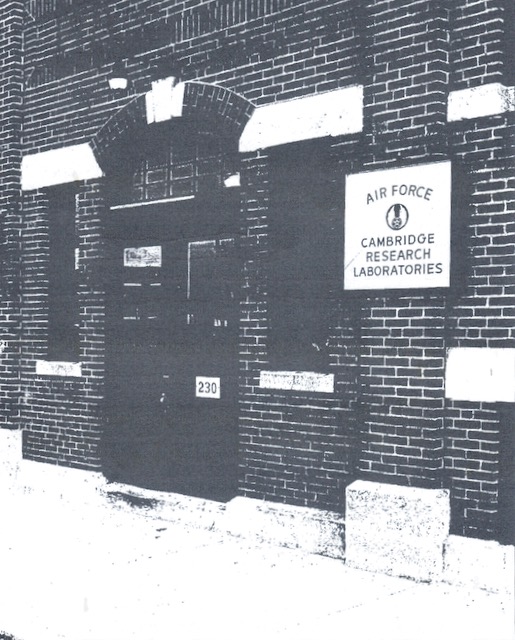
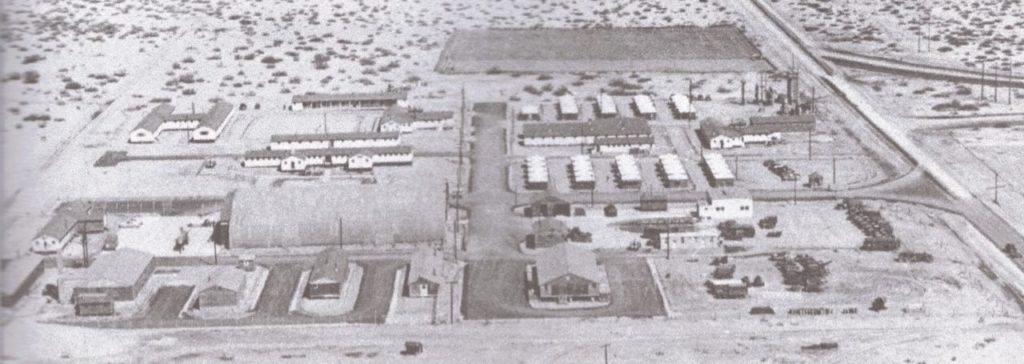
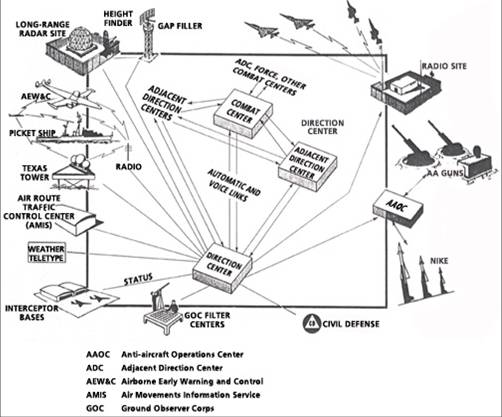
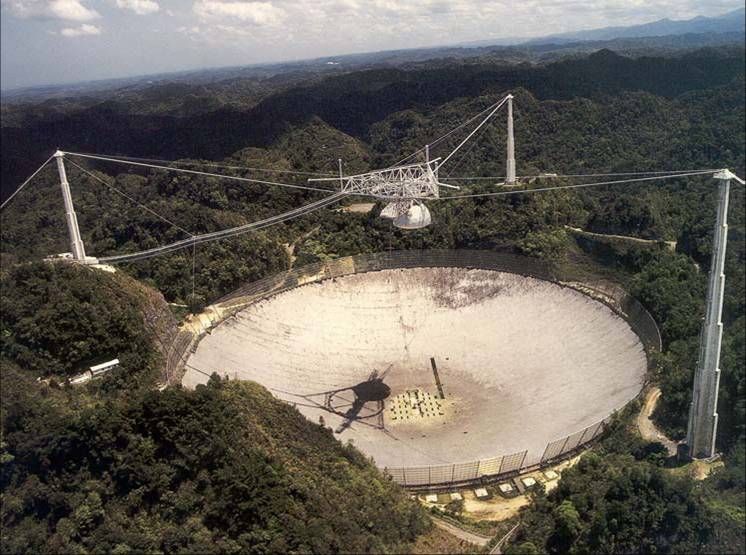
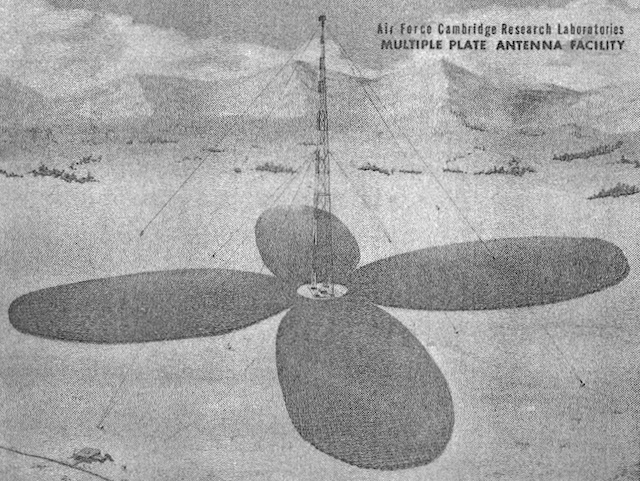
Be the first to comment on "The Air Force Cambridge Research Laboratories and the New Manhattan Project"